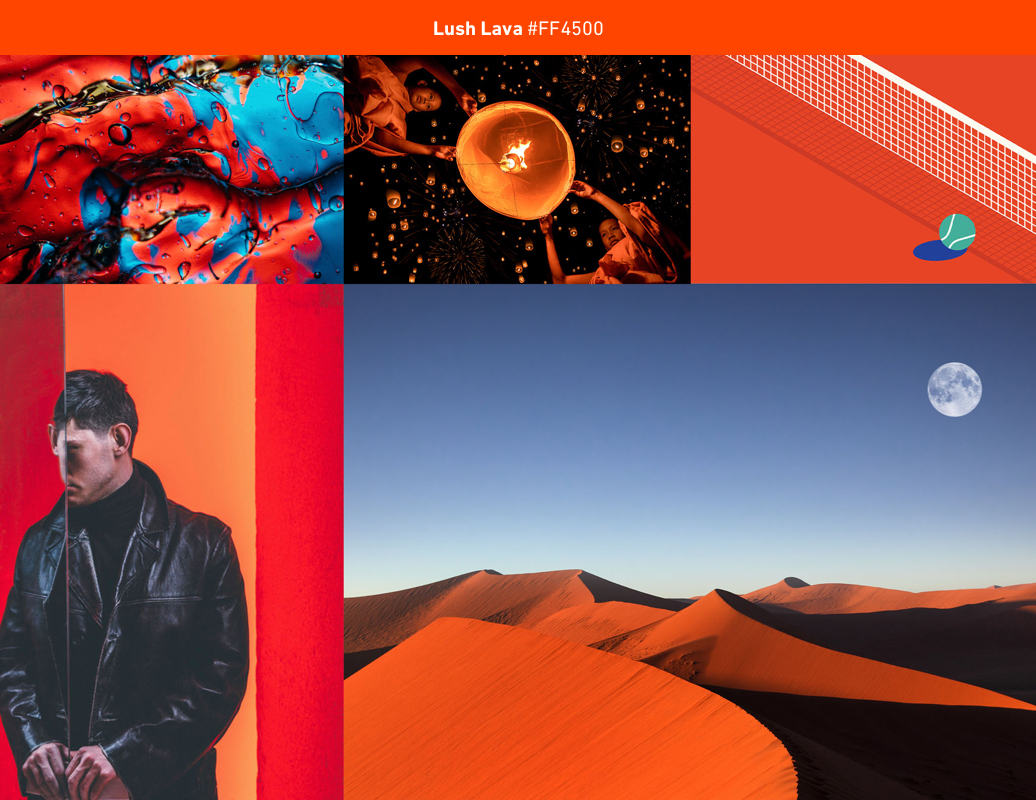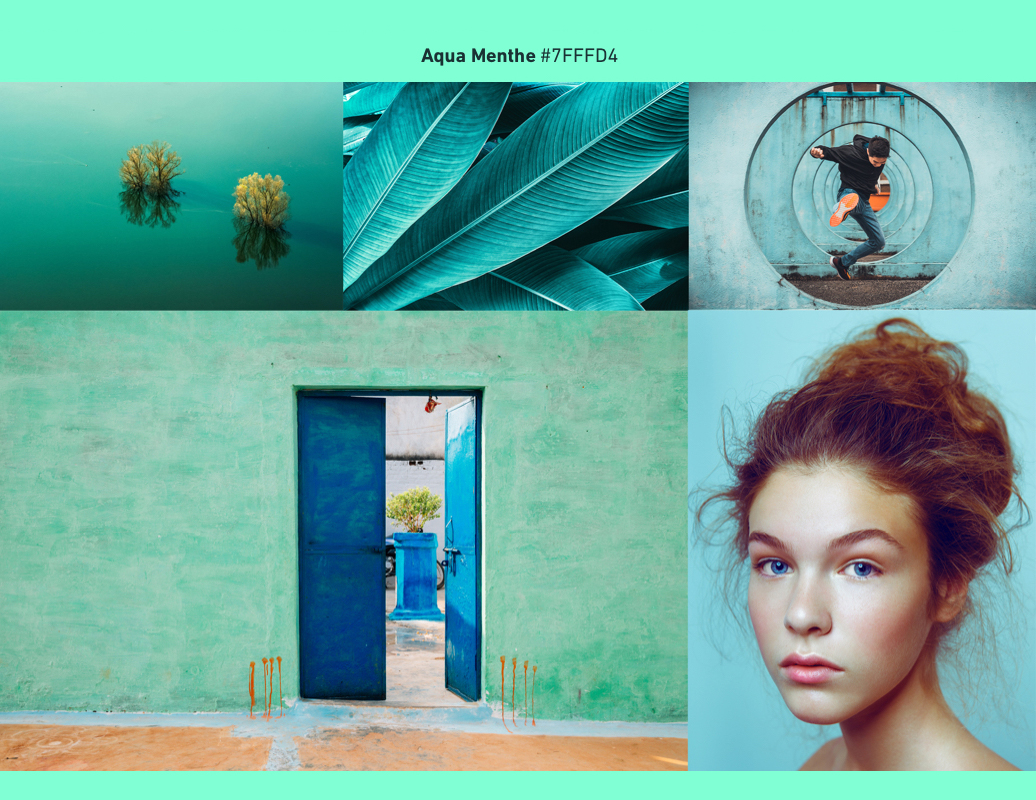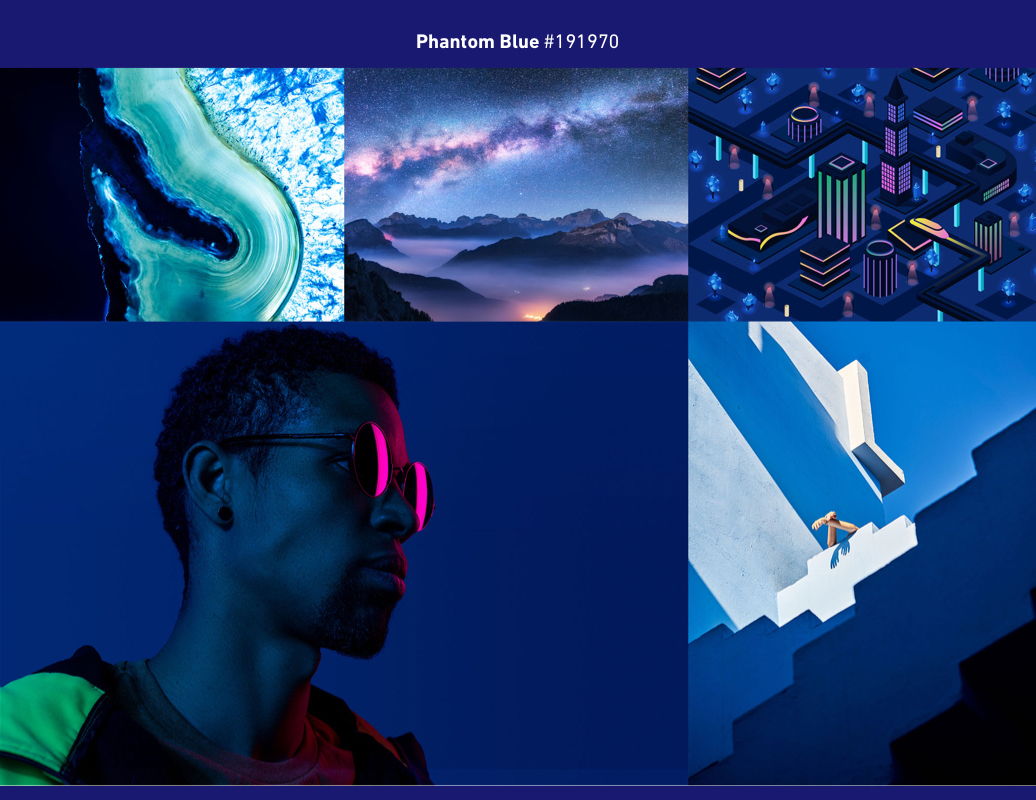As the plastic wrap comes off the 2020 calendars, photography agencies are tallying up downloads from 2019 to predict the biggest trends in imaging. Adobe, Shutterstock, and Storyblocks have all shared their predictions — and while some are expected and preceded by a decade of similar trends, others are not.
If the initial reports are any indication, photography will be about more honest art than traditional photography rules in 2020. Counterintuitively, several 2020 photography trends focus on creative expression, which is usually about disregarding what’s popular. Whether you want to fill your Instagram feed with on-trend images or you want to know how to go against the crowd, here are the types of images you can expect to see trending in 2020.
Images that are honest

Authentic photography has been trending for the better part of this decade, but 2020 may go beyond just rethinking the usual corny stock photography. In fact, the trend for authentic images may go so far that professional photographers work to make their images look like “bad” smartphone snapshots that anyone could have taken.
With an uptick in searches for terms like “candid,” “real,” “authentic,” and “first person,” stock photo company Storyblocks anticipates more professional images will take on the feel of a casual snapshot, a trend dubbed as “Real and Raw.” It thinks pro-level imagery will aim to blend in with the content on social media feeds via the use of more muted colors, handheld cameras, and sets that look more like real life.
“The first goal for any storyteller is to capture the viewer’s attention, which, as we know, is increasingly difficult in our visually saturated digital world,” said TJ Leonard, Storyblocks CEO. “User-generated content can be surprising and vulnerable in what it captures, but it often lacks the quality to anchor a narrative. This trend is all about drawing inspiration from the unexpected images we capture every day on our smartphones, but pairing the subject with the quality that comes with extensive professional experience.”
Adobe Stock notes a similar trend toward what’s real and raw — but in emotions. “Thanks to social media, people are more public and open than ever when it comes to expressing their feelings,” wrote Adobe’s Brenda Milis “The human need to share a full, honest range of raw emotions is now mainstream.”
While social media has a tendency to create the illusion that everyone in the news feed lives a picture-perfect life, users have slowly started to stray away from that idea, sharing more real, honest moments with followers. Photography — heavily ingrained and influenced by social media — will likely do the same. Adobe calls the trend “Express Yourself,” and the trend focuses on how photographs are revealing more raw, honest life experiences instead of only the polished moments.
Images that end stigma

Photographs, whether intended or not, have the tendency to reinforce stereotypes. Several of 2020’s projected photography trends are about reversing this tendency and ending stigma. Tying in closely with the trend for more honest, raw imagery, stock companies have also recognized a number of different trends that all work to end stigma in regard to a variety of groups and topics.
Adobe Stock is recognizing a tendency to stray from the usual images of senior citizens as ‘frail and elderly.’ Instead, the stock company is seeing more photos and more downloads of images that represent a more authentic view of the older generations. The images represent the older generation as “attractive, productive, and in their prime,” Milis wrote. The trend grows as the number of people who are older than 60 increases.
Storyblocks noted a 40% increase in searches related to mental health, with topics like meditation up by 93% and addiction by 75%. Storyblocks points to the celebrities and politicians that have opened up about mental health, as well as the news coverage of the opiate crisis, as drivers behind the trend to destigmatize mental health.
Images with a purpose

Time Magazine’s Person of the Year, Greta Thunberg, is evidence of another trend influencing photography as the younger generations push to support more causes. Adobe calls the trend “From Me to We,” and it looks at how individuals and brands come together to support major causes.
In photography, that trend resonates in the form of images with a sense of community. As Milis explains, these images are about “presenting a strong sense of community and meaningful lifestyle choices” that resonate with viewers. The trend is particularly noteworthy in commercial photography, as major brands work to support different causes and nonprofits.
Expressive images with bold colors

Photography has always been a form of self-expression, but 2020 may bring that expression a new intensity. Storyblocks noted an increase in searches for overlays, scribbles, and hand-drawn — three keywords associated with mixed-media photographs that bend the rules. Stickers and drawing tools inside social networks like Snapchat could be a major influencer of the trend.
Adobe’s research points to another form of expression: makeup. But, Adobe says, the trend uses makeup as a form of expression rather than for hiding flaws. Called “Makeup is Not a Mask,” a scroll through Instagram offers a glimpse of the trend toward using makeup for expression and experimentation.
Color is another tool for photographers to create expressive images — and 2020’s biggest colors will likely be rather bold. In the 2020 Color Trends report, Shutterstock analyzed image downloads by individual color pixels to identify which colors saw the biggest increase from the previous year.
The colors showing a jump in popularity are three bold hues: Lush Lava, a bold red-orange; Aqua Menthe, a cyan-mint mix; and Phantom Blue, a dark indigo and navy blend. While the colors are very different, all three are highly saturated.
The last decade was a challenging one in many ways for the photo industry, but it pushed stock photography from stuffy cliché to authentic, creative imagery. These trends were inspired by new tools and platforms, from drones to Instagram. 2020 will see more of the same, with a renewed emphasis on authenticity that may see “bad” photos becoming good.






